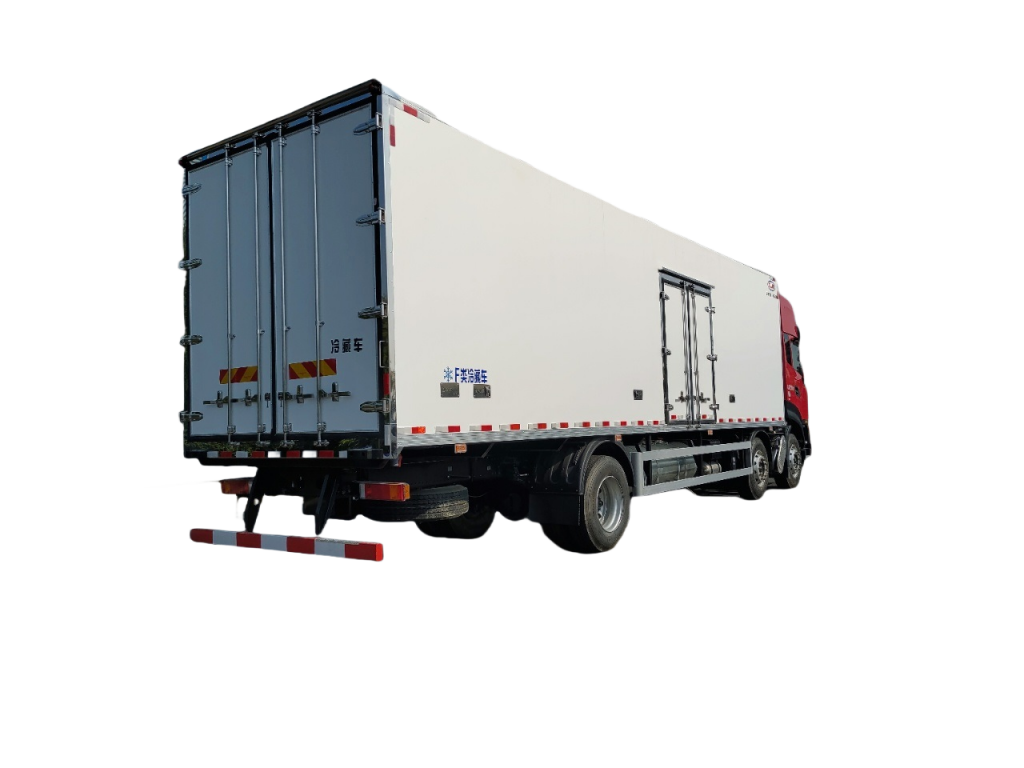Introduction
In the world of construction management, efficiency, safety, and productivity are paramount. To achieve Truck Mounted Crane winch in construction projects, it is essential to have the right tools and equipment at your disposal. Truck-mounted cranes are one such piece of equipment that has revolutionized the construction industry by providing a versatile and powerful solution for lifting and moving heavy loads on job sites. In this article, we will explore the role of truck-mounted cranes in construction management, their benefits, applications, and best practices for their use.
Overview of Truck Mounted Cranes
Truck-mounted cranes, also known as mobile cranes, are a type of crane that is mounted on a truck chassis. These cranes are equipped with telescopic booms that can be extended and retracted to reach different heights and distances. They are commonly used in construction sites, industrial facilities, and maintenance projects to lift and move heavy materials and equipment.
One of the key advantages of truck-mounted cranes is their mobility. Unlike traditional stationary cranes, truck-mounted cranes can easily be driven to different locations on a job site, making them ideal for projects that require frequent repositioning. This mobility allows for greater flexibility and efficiency in lifting operations, as the crane can reach various areas without the need for dismantling and reassembly.
Benefits of Truck Mounted Cranes in Construction Management
1. Versatility: Truck-mounted cranes are versatile machines that can be used for a wide range of lifting tasks, from loading and unloading materials to placing heavy components during construction. Their ability to move easily around a job site makes them suitable for projects of all sizes and complexities.
2. Time and Cost Savings: By using a truck-mounted crane, construction managers can save valuable time and money on lifting operations. The mobility of these cranes eliminates the need for additional equipment or manpower to move materials, resulting in faster project completion and reduced labor costs.
3. Safety: Safety is a top priority in construction management, and truck-mounted cranes play a crucial role in ensuring the safety of workers and the work environment. These cranes are designed with advanced safety features such as load monitoring systems, outriggers for stability, and operator controls for precise lifting operations.
4. Increased Productivity: Truck-mounted cranes are known for their efficiency and speed in lifting operations. With their quick setup and easy maneuverability, these cranes enable construction teams to work more efficiently and complete tasks in less time, ultimately leading to increased productivity on the job site.
Applications of Truck Mounted Cranes in Construction
1. Building Construction: Truck-mounted cranes are commonly used in building construction projects to lift and place heavy building materials such as steel beams, concrete panels, and roofing materials. These cranes can reach high elevations and maneuver in tight spaces, making them essential for vertical construction tasks.
2. Infrastructure Projects: In infrastructure projects such as bridge construction, road maintenance, and utility installations, truck-mounted cranes play a crucial role in lifting and moving heavy components. Their mobility and lifting capacity make them ideal for working in challenging environments and remote locations.
3. Maintenance and Repairs: Truck-mounted cranes are often used for maintenance and repair projects in industrial facilities, warehouses, and commercial buildings. These cranes can lift and position equipment, machinery, and building materials with precision, allowing for efficient repair work and minimal downtime.
Best Practices for Using Truck Mounted Cranes in Construction Management
1. Conduct Proper Training: Before operating a truck-mounted crane, all operators should undergo comprehensive training on crane operation, safety protocols, and maintenance procedures. Proper training ensures that operators have the knowledge and skills to operate the crane safely and efficiently.
2. Perform Regular Inspections: Regular inspections and maintenance checks are essential to ensure the safe and reliable operation of a truck-mounted crane. Inspections should cover all components of the crane, including the boom, hydraulic system, controls, and safety devices.

3. Follow Safety Guidelines: Safety should always be the top priority when using a truck-mounted crane. Operators should follow all safety guidelines provided by the crane manufacturer and OSHA regulations, including proper rigging techniques, load capacity limits, and signaling procedures.
4. Plan Lift Operations Carefully: Before performing a lift operation, construction managers should develop a detailed lift plan that includes factors such as load weight, lift radius, ground conditions, and overhead obstructions. Careful planning helps minimize risks and ensures a successful lifting operation.
5. Communicate Effectively: Clear communication between the crane operator, signal person, and other workers on the job site is essential for safe and efficient lifting operations. Establishing hand signals, radio communication, and a designated signal person can help prevent accidents and ensure smooth coordination during lifts.
Conclusion
Truck-mounted cranes are indispensable tools in construction management, offering versatility, efficiency, and safety in lifting operations. By leveraging the benefits of truck-mounted cranes, construction managers can enhance productivity, reduce costs, and improve overall project outcomes. Through proper training, maintenance, and adherence to safety guidelines, truck-mounted cranes can be effectively utilized to meet the lifting needs of construction projects of all sizes and complexities. As technology continues to advance, truck-mounted cranes are expected to play an even more significant role in shaping the future of construction management.
